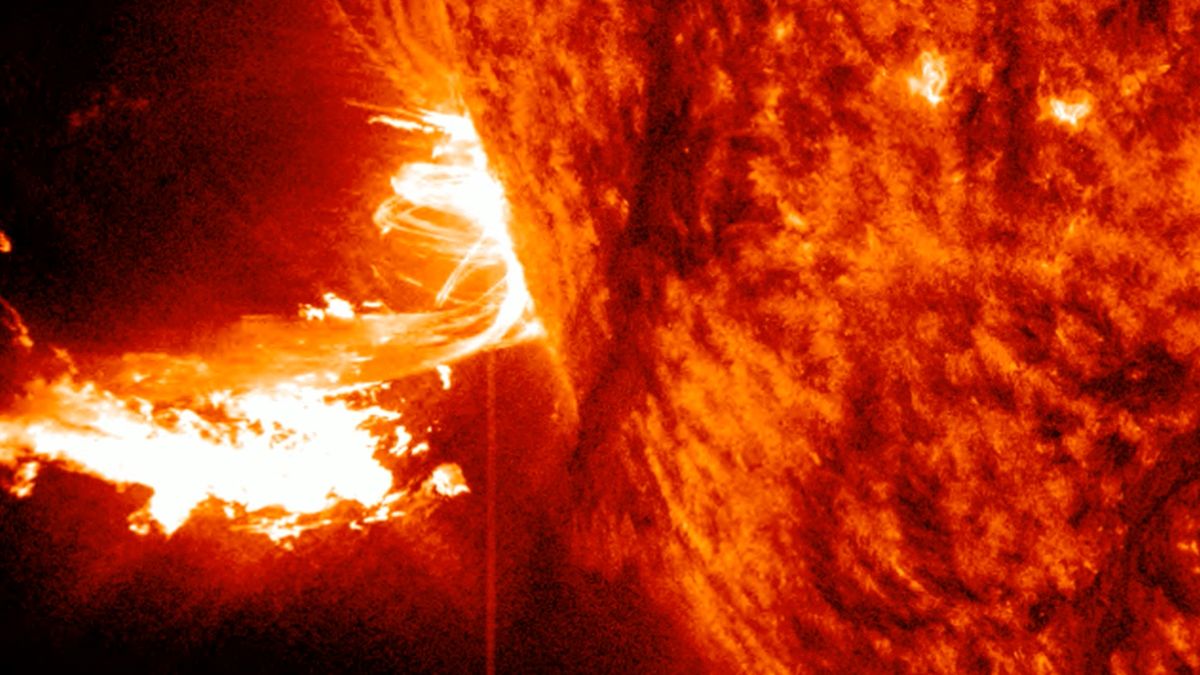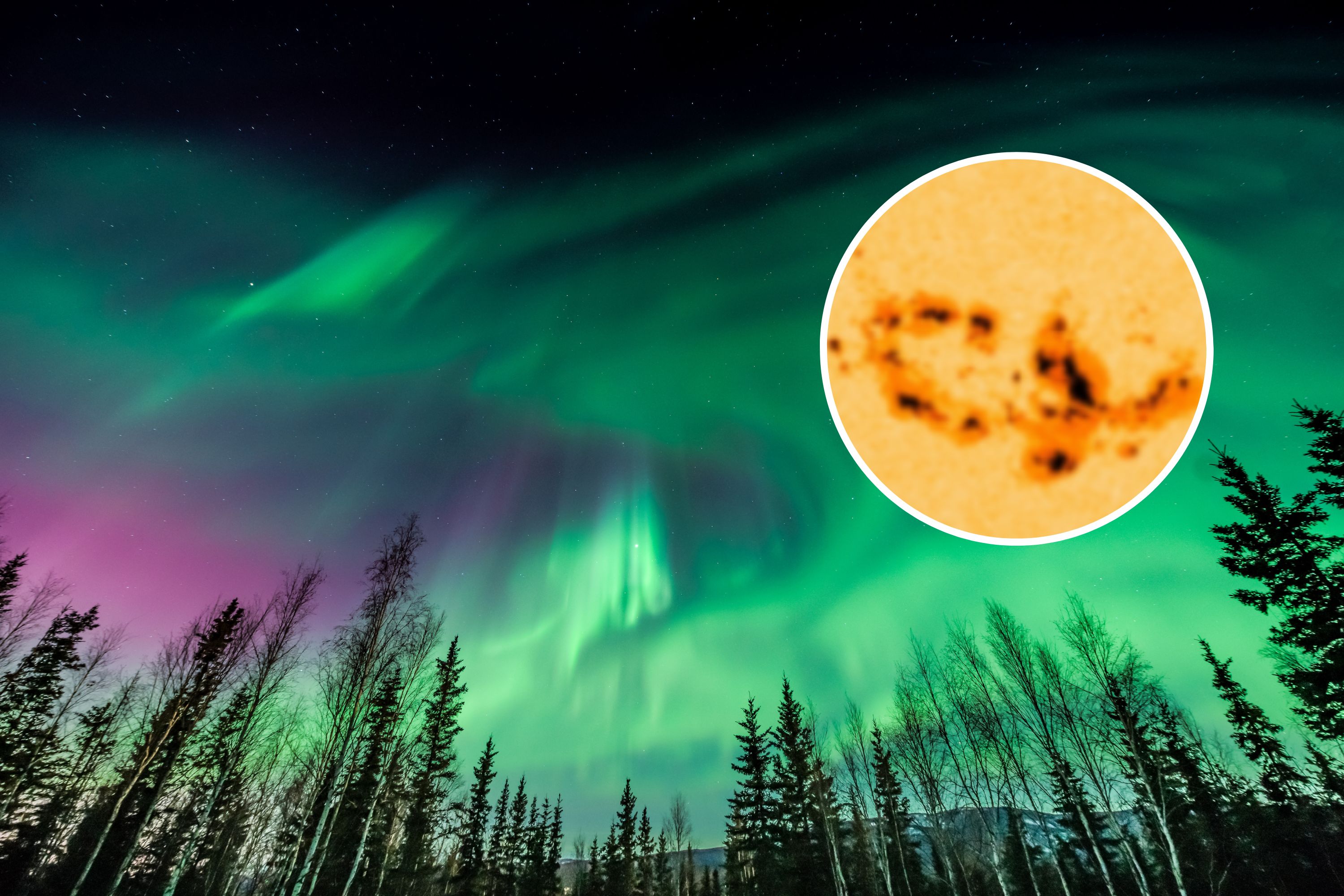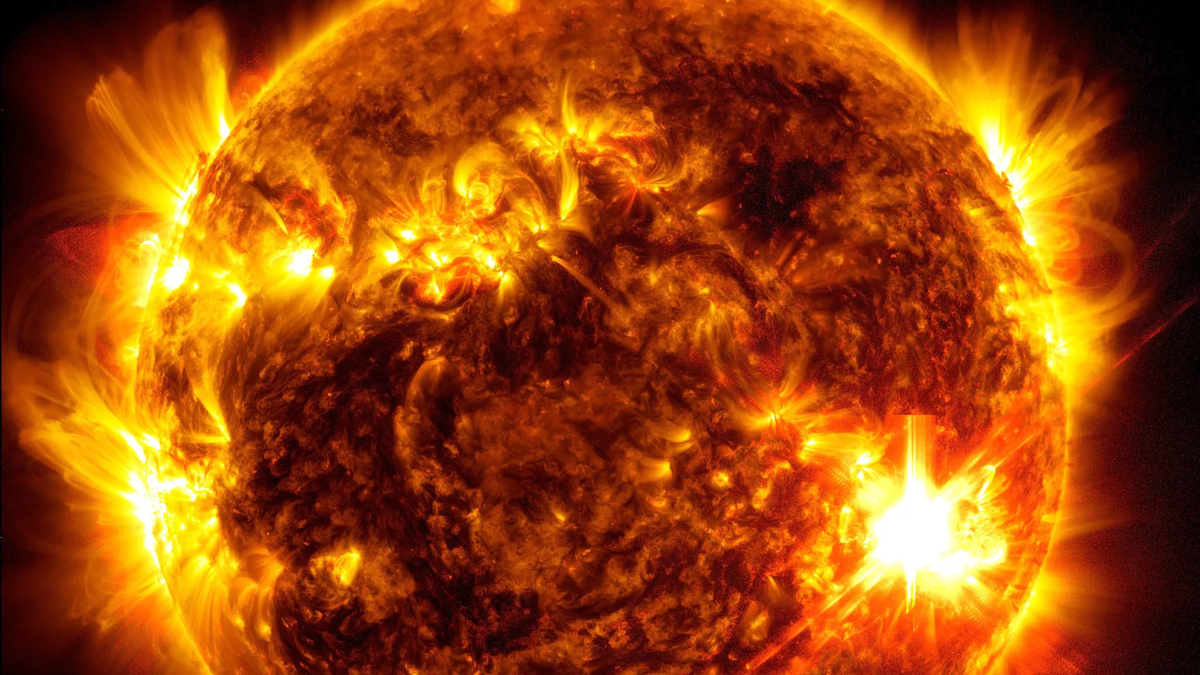
The colossal sunspot group AR3664 responsible for the epic May 2024 solar storms and widespread auroras is back — well, almost.
Yesterday (May 27), a powerful X-class solar flare erupted from the sun's southeastern limb, peaking around 3:08 a.m. EDT (0708 GMT). Solar flares are energetic eruptions of electromagnetic radiation from the sun's surface that occur when magnetic energy accumulating in the solar atmosphere is released. They are categorized by size into lettered groups, with X-class being the most powerful. Within each class, numbers from 1-10 (and beyond for X-class flares) describe a flare's relative strength.
Related: We may have just witnessed some of this sunspot group's most powerful effects, as it was responsible for the first G5 geomagnetic storm since 2003 in May 2024. Sunspots are regions on the sun's surface with reduced temperature caused by magnetic field activity, making them prone to solar flares and coronal mass ejections.
G5 geomagnetic storms occur roughly once per decade and represent the strongest category of geomagnetic storms. The May 10 storm was the first G5 geomagnetic storm since 2003 and one of the most powerful in recent centuries. Sunspots are temporary phenomena on the sun's surface, but their effects can be felt for years to come, as they can impact technology and infrastructure on Earth.
Sunspot AR3664 was last seen causing a historic aurora that was visible in all 50 states for the first time in decades. The sun rotates on its axis like Earth does, and sunspot AR3664 has spent the past few weeks on the far side of the sun that faces away from our planet, but is just now rotating back into view from our vantage point. It seems like AR3664 still has some steam after its travels, and another sunspot, AR3691, is also growing and developing X-flare potential as its firing line approaches Earth.
All of this points to the possibility of another powerful solar storm in the near future. No official forecasts have been put out yet, but scientists will be closely watching the sun's activity in the coming weeks to determine if another storm is on the horizon. If so, it could bring more blackouts and auroras, but also pose risks to technology and infrastructure on Earth. In any case, we can expect more exciting discoveries and insights about our sun and its impact on Earth as we observe these powerful solar events.




